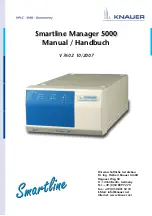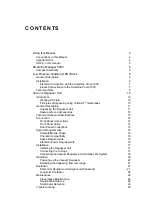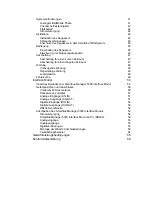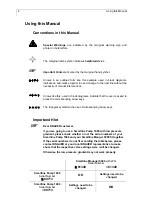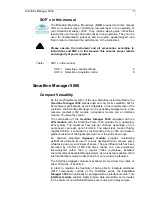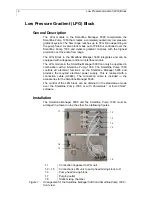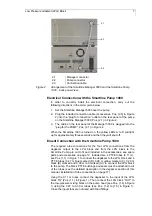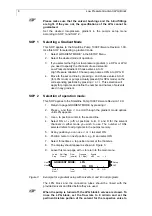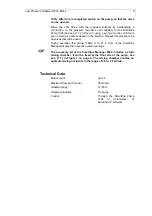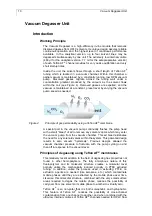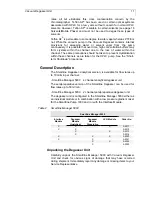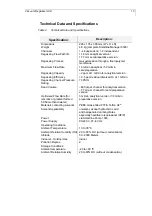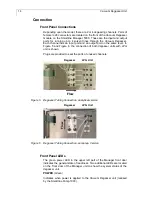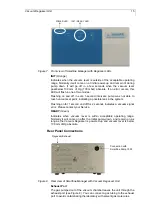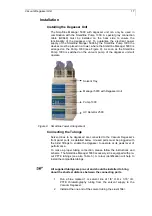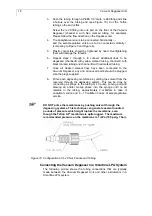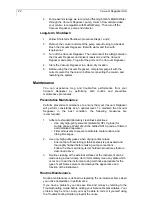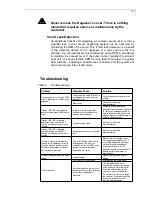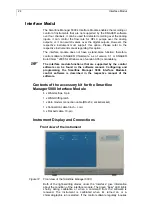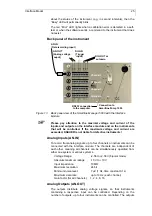
10 Vacuum
Degasser
Unit
Vacuum Degasser Unit
Introduction
Working Principle
The Vacuum Degasser is a high-efficiency in-line module that removes
dissolved gasses from HPLC solvents. Its unique design assures reliable
continuous operation and the highest level of continuous performance
available. In the analytical version, up to four solvent lines may be
degassed simultaneously by one unit. The extremely low internal volume
(480 µl for the analytical version, 7.7 ml for the semipreparative version)
of each Teflon AF
®
channel provides for very quick equilibration and very
short startup times.
Inside the unit, the solvent flows through a short length of Teflon AF
®
tubing which is located in a vacuum chamber. Within this chamber a
partial vacuum is maintained by a constantly running, low RPM vacuum
pump. Dissolved gasses migrate across the tubing wall under a
concentration gradient produced by the vacuum as the solvent flows
within the coil (see Figure 4). Removed gasses are expelled, and the
vacuum is maintained at a constant, preset level by varying the vacuum
pump speed as needed.
Figure 4
Principle of gas permeability using a Teflon AF
®
membrane
A special port in the vacuum pump continually flushes the pump head
with a small “bleed” of air to remove any solvent vapors which may enter
the vacuum pump from the vacuum chamber. This air bleed eliminates
the need for any solenoid valves within the system. This patented design
results in zero vacuum “hysteresis”. Previous designs allowed the
vacuum chamber pressure to fluctuate, with the pump cycling on and
then off in response to the vacuum level.
Principles of degassing using Teflon AF
®
membranes
This relatively recent addition to the field of degassing has properties not
found in other fluoropolymers. The fully amorphous nature of this
fluoropolymer and its molecular structure creates a molecular level
porosity unlike the mechanically induced porosity in PTFE extruded
tubing. In addition, unlike the process used in extruding PTFE, no
extrusion agents are needed (like kerosene, etc.) which contaminate
mobile phases until they are extracted by the mobile phase over time.
Likewise, this molecular structure, combined with the very small surface
areas required to degas the mobile phase, reduces the possibility of
carryover from one solvent or mobile phase to another to virtually zero.
Teflon AF
®
is so non-polar that it is both solvophobic and hydrophobic.
This feature of Teflon AF
®
reduces the possibility of cross-channel
contamination from one channel to another, and when combined with the
ultra-low internal volumes of Teflon AF
®
channels needed for HPLC flow

